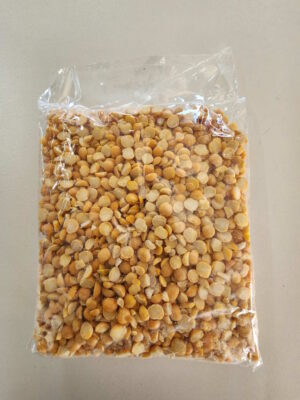
Onions are renowned for their antiplatelet activity (prevent platelets from sticking together and decrease your body’s ability to form blood clots), which can contribute to the prevention of cardiovascular disease.
However, the cooking method and preparation prior to heating can greatly affect the onions’ properties.
For instance, whole bulbs, quarters of bulbs, and completely crushed bulbs lost their antiplatelet activity after 30, 20, and 10 minutes of oven heating, respectively. This suggests that the way onions are prepared before cooking can alter their chemical properties, and by extension, their flavour profile, and potentially the consistency and quality of the gravy in a curry.
Chopping vs Slicing vs Grating
How an onion is cut can indeed affect the flavour it imparts. For example, if you slice an onion from end to end (with the grain), it will have a milder flavor than if you slice it across the middle (against the grain). This is because slicing an onion releases flavor compounds, and the direction of the cut determines the quantity of these compounds released. Hence, a curry might taste stronger and more pungent if the onions are sliced through the middle rather than end to end.
Grating onions, on the other hand, is an efficient way to obtain small, fine onion pieces that cook quickly. This method produces small onion pieces that caramelize quickly and evenly, which could infuse a strong, savory onion flavor into a dish. Therefore, grated onions could give your curry a more intense onion flavor compared to using chopped or diced onions.
Lastly, when it comes to slicing, the direction in which you slice onions can make a big difference in their cooked appearance and texture. When you slice across the layers, you separate them into small pieces that soften when cooked—ideal for pureeing into a smooth soup or sauce. However, when you slice with the direction of the fibers, you preserve their structure. This means the onions will maintain their shape even when cooked for a long time until deeply browned and flavorful, which could be beneficial for dishes like a curry that require longer cooking times.
Cooking Tips
Onions should be prepared as close to cooking or serving time as possible since an onion’s flavor deteriorates and its aroma intensifies over time. It is also recommended to use low or medium heat when sautéing onions as high heat can make onions turn bitter.
The type of onion used can also influence the taste and texture of a dish. Full-flavored onions, for instance, are best for savory dishes that require longer cooking times or more flavor. They often have a peppery taste, characteristic of a good cooking onion. Therefore, choosing the right type of onion can enhance the flavor of your curry.
Finally, the water content of onions can affect cooking times. Onions with a higher water content take longer to cook, while onions with higher solids will cook in less time. This could potentially impact the cooking process of a curry, as well as the consistency and quality of the gravy.
In conclusion, the way you prepare your onions can indeed have a significant impact on the final outcome of your curry.
It is my opinion, that thinly sliced onions, where the slices are all the exact same thickness, results in a better gravy. Of course this is subjective (for myself, Shane), so find the method that produces the results that you enjoy.
By understanding these scientific principles, you can enhance the consistency, quality, and flavor of your dish. Enjoy your cooking experiments!
- “Effect of processing and cooking conditions on onion (Allium cepa L.) induced antiplatelet activity and thiosulfinate content – PubMed” – URL
- “The Way You Cut An Onion Affects The Flavor – Tasting Table” – URL
- “How to Grate an Onion Using a Grater – MyCloudKitchen” – URL
- “How Slicing Impacts Onions | Cook’s Illustrated – America’s Test Kitchen” – URL
- “Cutting, Preparation Tips and More – National Onion Association” – URL








